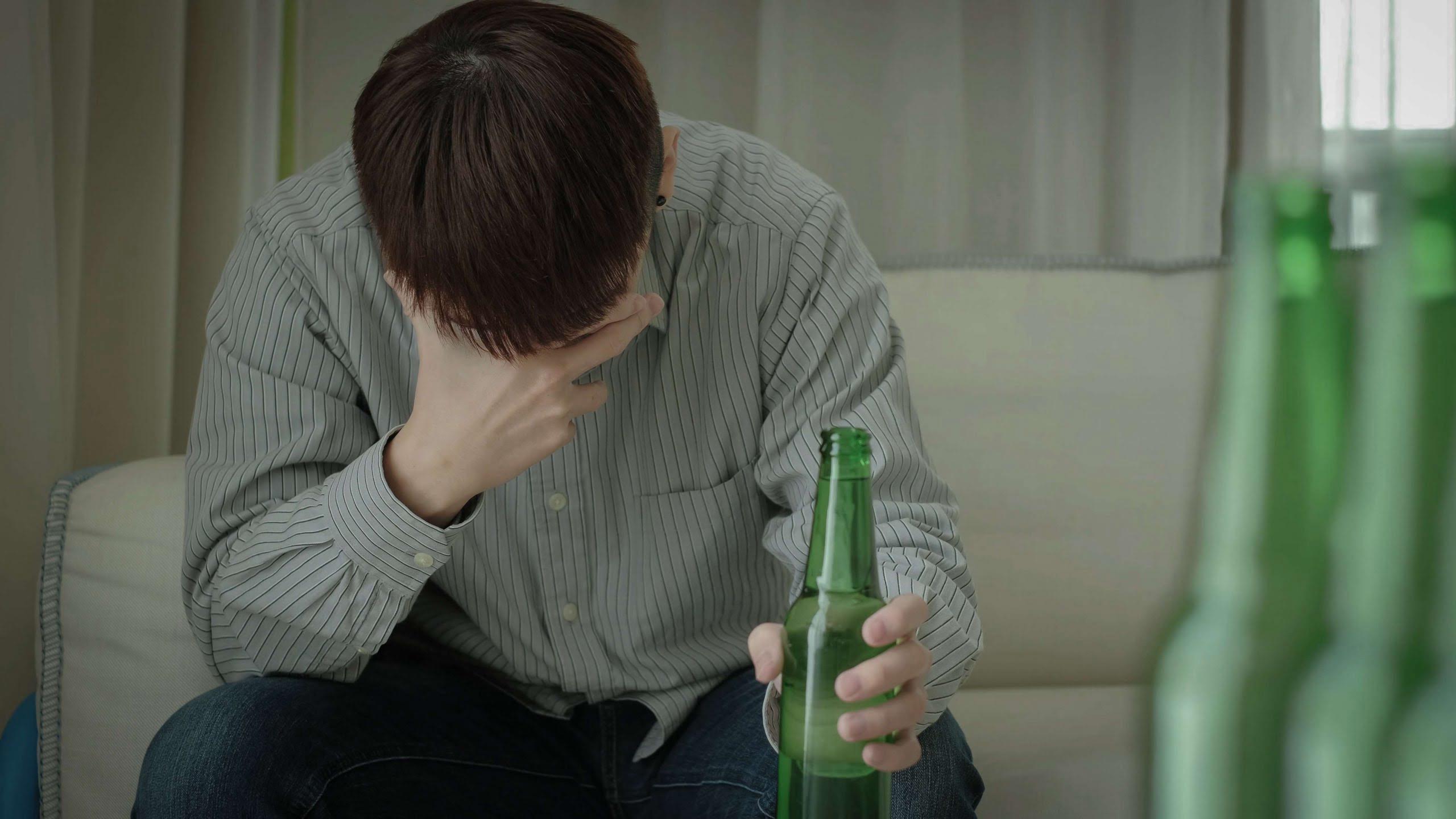Usluge:
Klijent:
While many studies have suggested that a moderate amount of alcohol has health benefits, much of that research has been called into question. In fact, a massive study on the global burden of disease, covering 195 countries over more than 25 years, recently determined that there is no safe amount of alcohol. What is a healthy range of drinking for men and women age 65 years or older? Experts recommend no more than 3 drinks in a single day or no more than a total of 7 drinks a week. A drink is defined as 12 fluid ounces (355 mL) of beer, 5 fluid ounces (148 mL) of wine, or 1½ fluid ounces (45 mL) of liquor.

This myth allows those with alcoholism at any stage in their disease to rationalize their drinking. While some people do lose everything before they decide to seek treatment, individuals should and do seek help before they reach this point. You can seek help at any stage in your drinking – whether it’s the first time you binge drink or you’ve been drinking habitually for 25 years. There’s no line you must cross before it becomes “bad enough”.
Nothing can speed up this process—not even coffee or cold showers. Being able to have a few drinks without feeling any effects may seem like a good thing. In fact, if you need to https://prodobavki.com/legacy_documents/24.html drink increasing amounts of alcohol to feel an effect, it could be a sign you have a problem with alcohol. Your liver can only metabolize around one standard drink per hour.
Shelby Hendrix is a blogger from the Northern Midwest with close personal ties to the addiction world. She focuses on the addiction landscape to reach out to those fighting https://agrimonia.info/what-has-changed-recently-with-16/ alcoholism and compel them to seek an informed, healthy recovery. Alcoholics who try to drink socially or have “just one” drink are usually playing with fire.
In most of the United States, your blood alcohol content (BAC) must be under 0.08% for you to legally drive. There’s also a direct link between excessive drinking and the risk of committing sexual assault. Also, a person who is too intoxicated can’t consent to sexual https://photointerview.ru/mediki/jenergeticheskij-napitok-pljus-alkogolnyj-koktejl.html activity. Using any kind of alcoholic beverage to help you sleep is always going to backfire, even if in the moment it feels like it’s helping. And while it may seem harmless to live by some of these “tips,” some of these alcohol myths can put your health at risk.
That’s why it’s best to consume alcohol safely and in moderation — without buying into any myths. For the same reasons why you shouldn’t mix alcohol with caffeine, this energy-drink combo can also cause masked intoxication — which can lead to consumption of more alcohol than your body can handle. It can also cause increased dehydration, sleep disruption and even heart issues. As we navigate conflicting health advice, this research reminds us of the importance of critical thinking and the evolving nature of scientific understanding. What we think we know today might be overturned by better research tomorrow. In the meantime, if you choose to drink, it’s wise to do so mindfully without counting on any health benefits.

However, a recent meta-analysis has shed light on the flaws of such research—which might explain why so many alcohol studies seem conflicting. Participating in an organized treatment program can be extraordinarily beneficial for someone suffering from alcoholism. While in treatment alcoholics have the opportunity to develop healthy coping mechanisms and network with others seeking sobriety. But treatment programs aren’t a one-stop-shop to fix alcoholism.
These myths hurt families and friends – and they make it harder for people to get well. It keeps us from seeing AUD in our families and friends, or at our jobs. It’s important to cut through the AUD myths and learn the facts. The primary goal you can take from this article is that you shouldn’t trust every detail you hear about alcohol, even if I didn’t talk about all of the alcohol myths. Thus, various kinds of alcohol possess little biological effect, but their expectations or mental condition may lead them to respond variously. It is crucial not to drink too much booze since it can hurt you in the future while making you feel down or fall asleep.